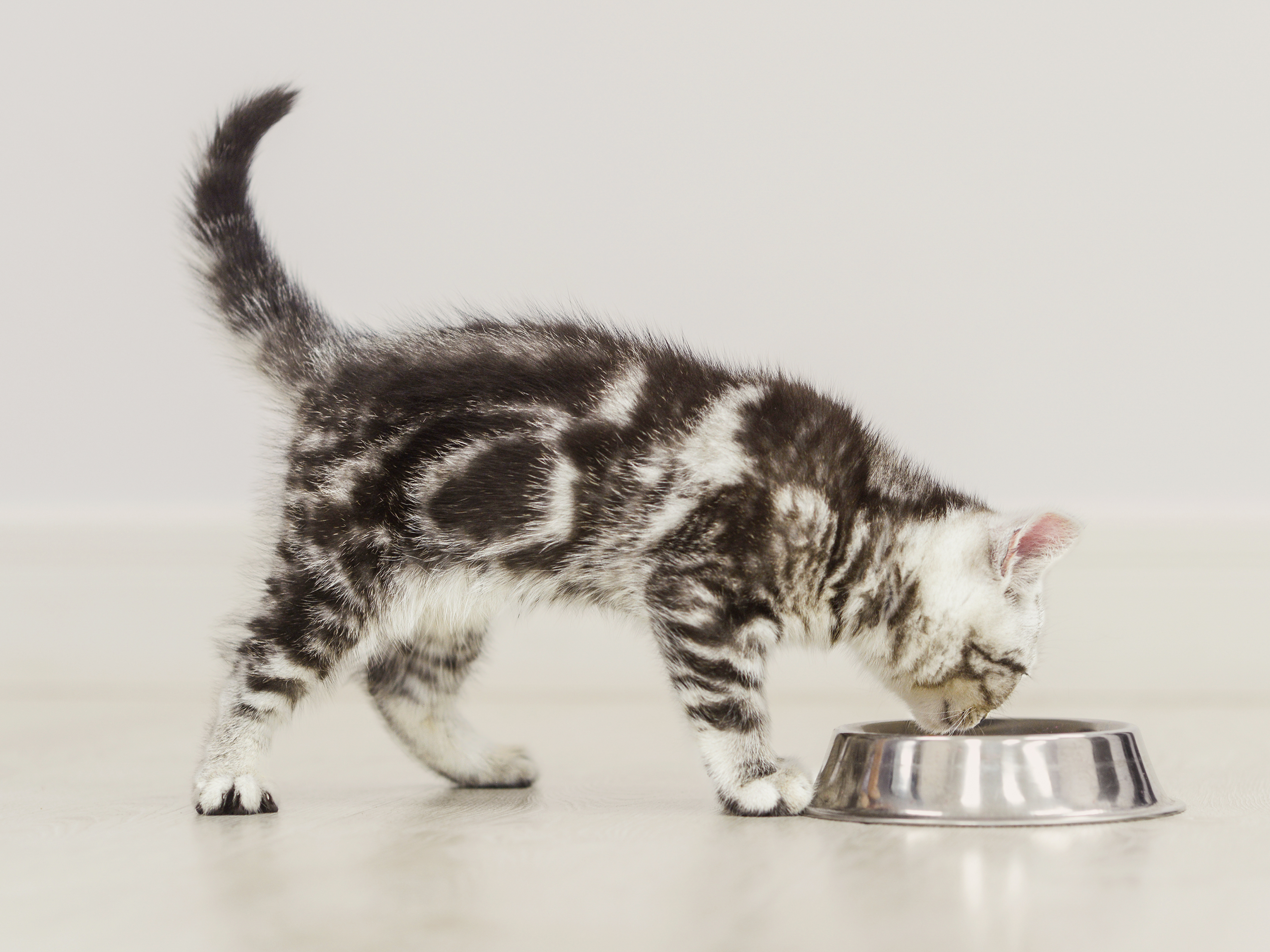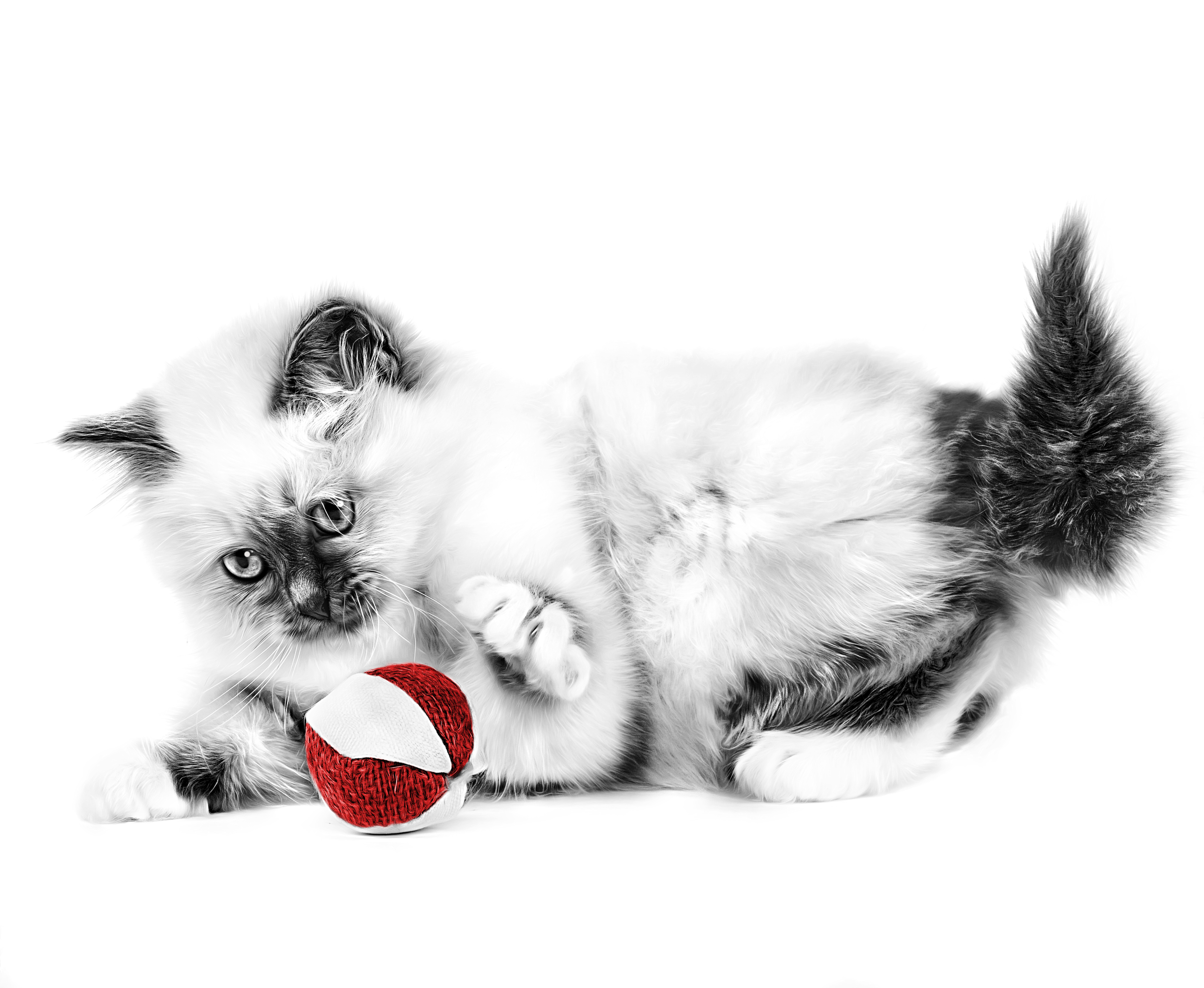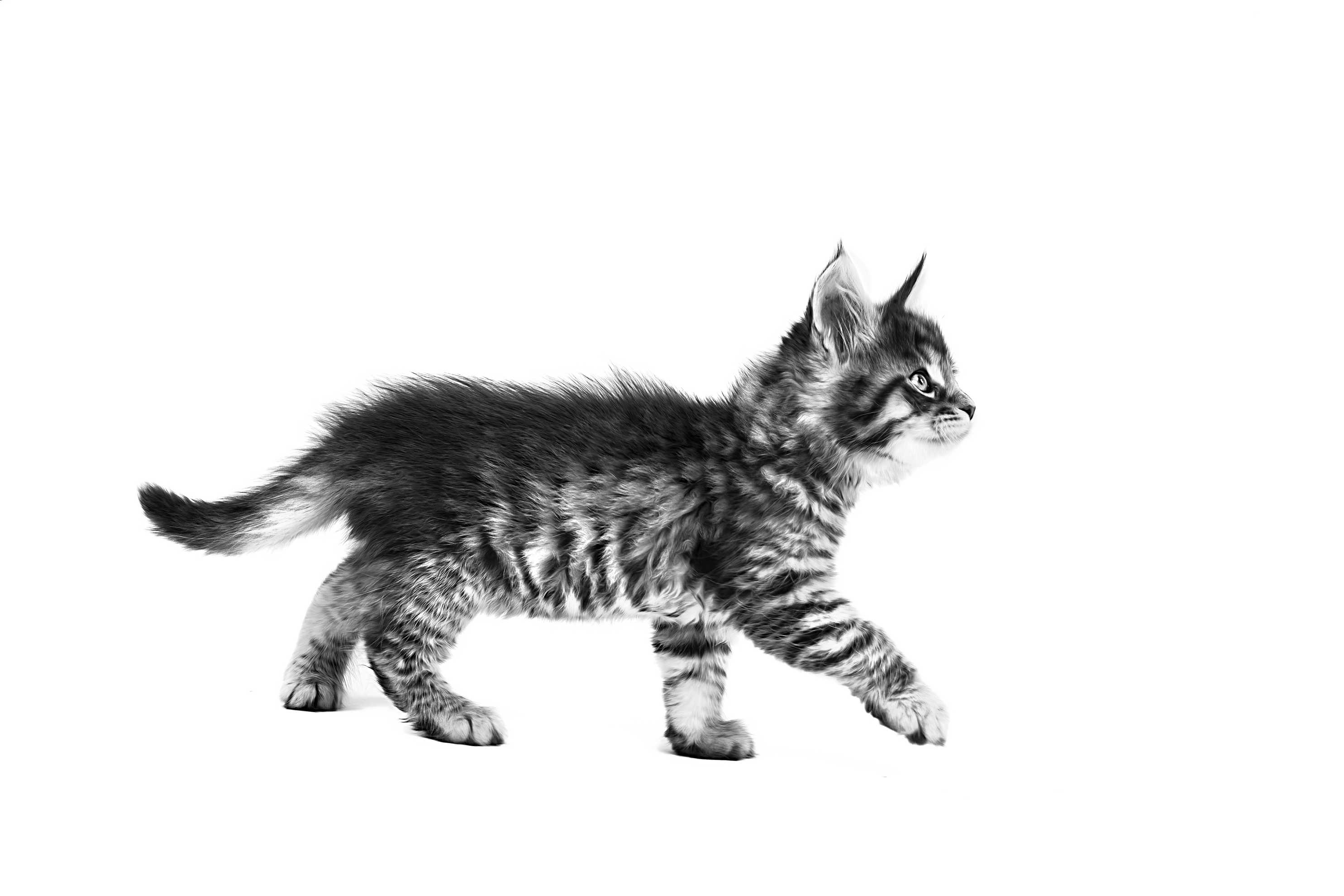
Undirbúningur fyrir komu kettlingsins

Að undirbúa komu kettlingsins
Áður en kettlingurinn kemur á heimilið er að ýmsu að hyggja varðandi undirbúning. Það þarf að kaupa ýmislegt en það þarf líka að undirbúa heimilið og fjölskylduna. Einkum þarf að huga að:
- Að tryggja öryggi kettlingsins á heimili og í garði
- Að kaupa réttan kettlingabúnað, svo sem burðarbúr, kattabakka og leikföng
- Að velja viðeigandi fóður fyrir kettlinginn
- Að undirbúa fjölskylduna, önnur gæludýr á heimilinu og gesti fyrir nýju viðbótina
- Að finna dýralækni
Að gera heimilið öruggt fyrir kettlinginn
6.Poisonous foods
5.Electrical cables and sockets
1.Toxic houseplants
3.Dangerous substances
2.Toilets and bins
4.Hiding places
7.Small objects
Hvernig gera skal garðinn þinn kettlingavænan
1.Fencing and gates
2.Toxic garden plants
3.Hazards
4.Ponds and water features
5.Tools and small objects
6.Dangerous substances
Það sem þú þarft að eiga fyrir kettlinginn

Besta kettlingafóðrið í byrjun
Meltingarkerfi kettlingsins þíns er mjög viðkvæmt. Þess vegna getur of snögg fóðurbreyting valdið magakveisu og jafnvel tortryggni gagnvart fóðrinu. Í byrjun er best að gefa honum sama fóður og hann er vanur að borða.
Það er lykilatriði fyrir heilsu og þroska kettlingsins að velja rétt fóður fyrir hann. Hann þarf nákvæma samsetningu næringarefna á hverju vaxtarskeiði, þar á meðal þurfa hlutföll próteina, vítamína og steinefna að vera rétt.

Skipt um fóður kettlingsins
Nokkrum dögum eftir að kettlingurinn kemur heim getur þú byrjað að gefa honum nýja fóðrið. Þegar skipt er um fóður er mikilvægt að fara varlega í sakirnar og gefa sér um vikutíma til að venja kettlinginn á nýja fóðrið.

Fóðrun og næring kettlinga
Að undirbúa fjölskylduna og gæludýrin á heimilinu fyrir komu kettlingsins
Það getur auðveldlega orðið yfirþyrmandi fyrir kettling að hitta önnur dýr og nýtt fólk, jafnvel ógnvekjandi. Það skiptir því miklu máli að þú undirbúir alla í fjölskyldunni frá upphafi.
Að undirbúa fjölskylduna
Kettlingurinn sóttur og boðinn velkominn á nýja heimilið
Fyrstu dagana eftir að kettlingurinn kemur á heimilið er gott að nýta til að leggja grunninn að heilbrigði í framtíðinni.

Finna dýralækni
Það er mikilvægt að finna dýralækni á svæðinu áður en þú nærð í kettlinginn þinn. Finndu dýralækni nálægt þér.